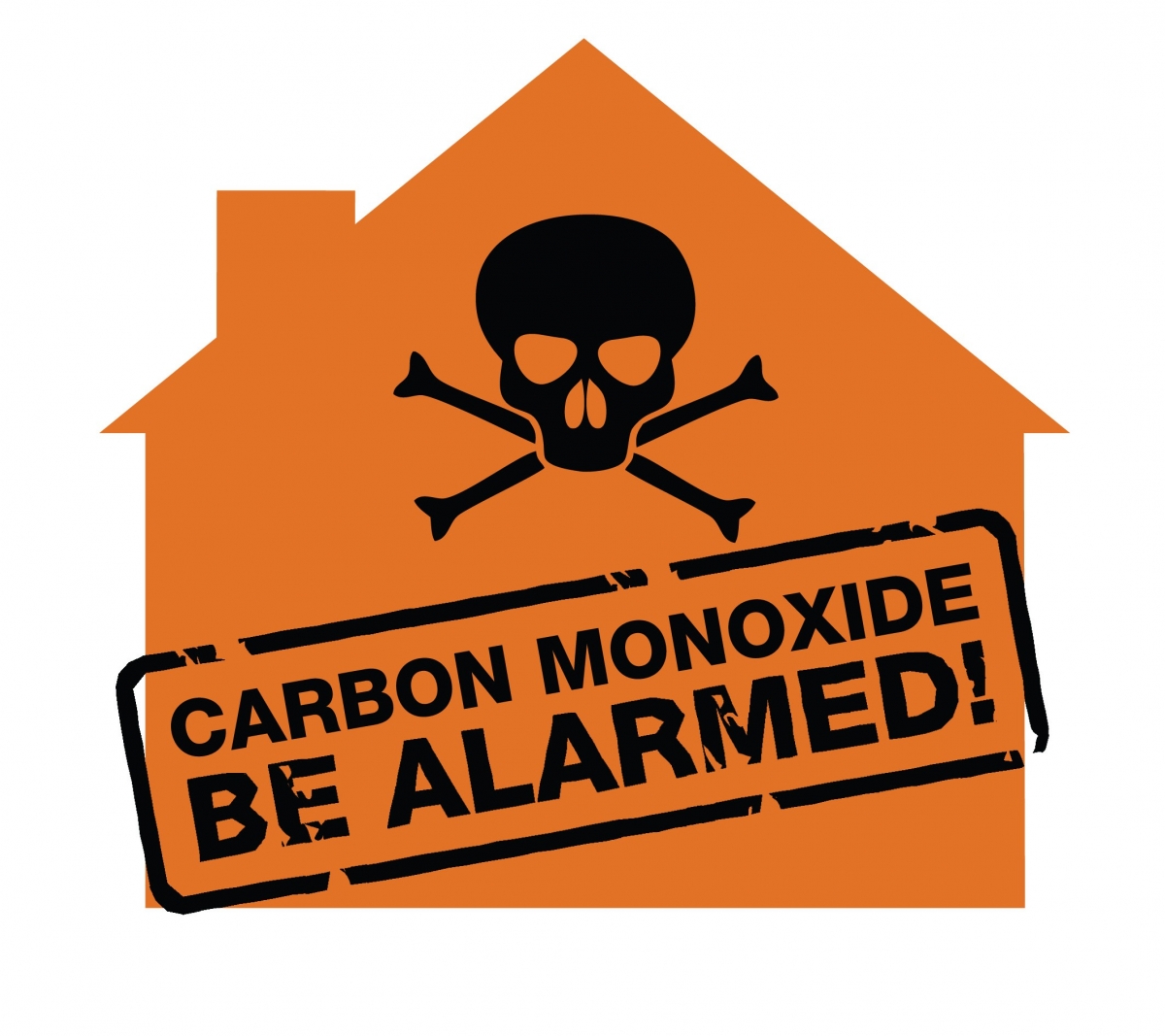Carbon Monoxide Alarms Now Required in Homes
.jpg)
Beat the Silent Killer: Prevent CO in Your Home
The Guelph/Eramosa Fire Department would like to inform all residents that it is now the law in Ontario to install carbon monoxide (CO) alarms in your home. If you have a fuel-burning appliance or an attached garage you must have a working CO alarm adjacent to each sleeping area of the home. For added protection, install a carbon monoxide alarm on every storey of the home according to manufacturer’s instructions. Fuel-burning appliances can include furnaces, hot water heaters, gas or wood fireplaces, portable fuel-burning heaters and generators, barbeques, stoves and vehicles.
Single-family homeowners and owners of residential buildings that contain no more than six suites have until April 15, 2015 to comply with the law. Owners of residential buildings with more than six suites have until October 15, 2015 to comply.
The Ontario Fire Code was amended October 15, 2014 to require CO alarms after the provincial government passed Bill 77 – the Hawkins Gignac Act, in December 2013. Bill 77 is named after OPP Constable Laurie Hawkins, who died, along with her husband and two children, in her Woodstock, ON home from CO poisoning in 2008.
The Ontario Fire Code also requires that in condo and apartment buildings with a service room, CO alarms must be installed in the service room and adjacent to each sleeping area of all condo/apartment units above, below and beside the service room. In condo or apartment buildings that have a garage, CO alarms must be installed adjacent to each sleeping area of all condo/apartment units above, below and beside the garage. If your condo/apartment unit has a fuel-burning appliance, install a carbon monoxide alarm adjacent to each sleeping area.
In Ontario, more than 80% of injuries and deaths from CO occur in the home. The Guelph/Eramosa Fire Department wants to make sure everyone is safe from CO. Install CO alarms, and do everything you can to prevent CO in your home in the first place.
What is CO?
CO is known as the silent killer because it is an invisible, tasteless and odourless gas that can be deadly.
CO is produced when fuels such as propane, gasoline, natural gas, heating oil or wood do not burn completely in fuel-burning appliances and devices such as furnaces, gas or wood fireplaces, hot water heaters, stoves, barbeques, portable fuel-burning heaters and generators and vehicles.
Prevent CO in your home:
Ensure all fuel-burning appliances in your home are inspected annually. Visit COSafety.ca to find a registered contractor near you.
Check that all outside appliance vents are not blocked.
Never use a portable fuel-burning appliance inside (i.e. barbeques, portable heaters and generators).
Know the symptoms of CO:
Exposure to CO can cause flu-like symptoms such as headaches, nausea, dizziness, as well as confusion, drowsiness, loss of consciousness and death.
If your CO alarm sounds, and you or other occupants suffer from symptoms of CO poisoning, get everyone out of the home immediately. Then call 9-1-1 from outside the building.
If your CO alarm sounds, and no one is suffering from symptoms of CO poisoning, check to see if the battery needs replacing, or the alarm has reached its "end-of-life" before calling 9-1-1.
Know the sound of your CO alarm:
Your CO alarm sounds different than your smoke alarm. Test both alarms monthly and make sure everyone in your home knows the difference between the two alarm sounds.
Don’t be confused by the sound of your CO alarm’s low-battery warning. Follow your CO alarm manufacturer’s instructions so you know the difference between the low-battery warning, the “end-of-life” warning, and the alarm alerting you to the presence of CO in your home.
For more CO safety tips, visit
Hawkins-Gignac - CO ALARMS - IT'S THE LAW ONTARIO
ontario.ca/firemarshal

COsafety.ca
News Release regarding Carbon Monoxide